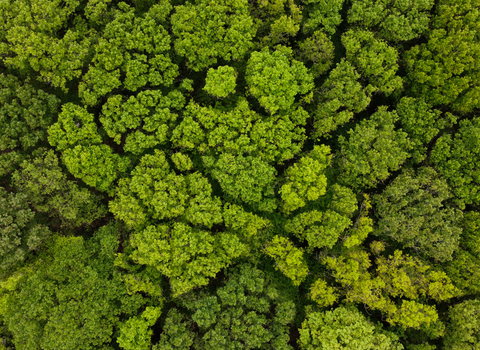
Ashleworth Ham (c) Nathan Millar
Ashleworth Ham
Know before you go
Dogs
When to visit
Opening times
The reserve itself is not open to the publicBest time to visit
All year roundAbout the reserve
Sitting within the floodplains of the Severn Vale, Ashleworth Ham serves as an active floodplain in the winter months. While this feature is important in capturing water, it is also why this nature reserve is so popular with a diverse array of wildfowl.
Diving species such as pintail and shovelers can be spotted here, while Bewick’s swans and white-fronted geese are regular visitors. There are also breeding populations of lapwing, snipe and redshank, along with yellow wagtails, reed bunting, and many warbler species.
Ashleworth Ham is also an important feeding ground for migrant birds including snipe, green sandpiper, ruff, and more. Up to 4,000 fieldfare have been seen congregating here in the winter months, while birds of prey are attracted by the smaller birds. This reserve is also an important place for brown hare, water shrew and harvest mice.
History
Ashleworth Ham is classified as a Site of Special Scientific Interest (SSSI) and a remnant of what was once a much larger wetland landscape, which would have included reserves like Coombe Hill and Chaceley Meadow.
Before the flood bund was built alongside the River Severn, the drainage channels were dug to improve drainage and aid agricultural production, and the River Severn would have been more connected to the floodplain. This would have provided a mosaic of wetland habitats over a larger area, supporting a highly productive marsh supporting an abundance of wildlife. Following the enclosure act, the parcelling up of smaller fields led to the management of wet grasslands for hay which in turn led to a diverse species rich grassland which provided a niche habitat for species like lowland curlew.
Species
Habitat
Contact us
Access to Ashleworth Ham
Please note that there is no public access to Ashleworth Ham Nature Reserve because it is a sensitive site for breeding birds. However, there are viewing screens and a hide along the roadside that allow you to take in the wonderful views without disturbing the birds.
The viewing screens can be found along the Ham Road, at grid reference SO828264 (What3Words: file.epidemics.extra).
The viewing screen is reached down an earth bank with a linear gradient of 26% over a 4-5 metre distance. There are a variety of viewing heights from the screen. The access to the bird hide is via a short flight of steps with handrails. The step width is 1.2m and the path to the hide narrows to 500mm from the top of the steps.







